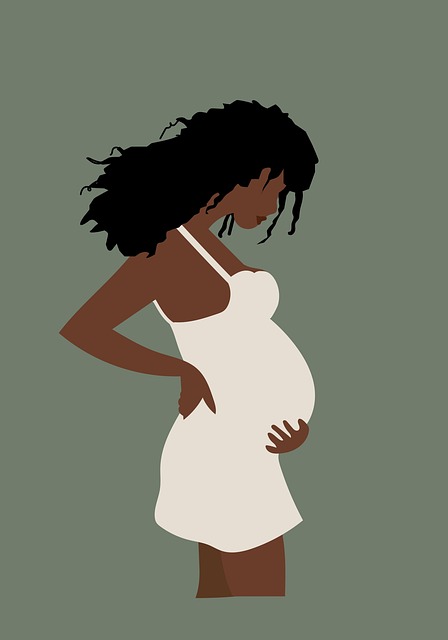Welcome, friends! Today, we’re chatting about female infertility, a topic that affects many women and can often feel overwhelming. Let’s break it down into some key points.
Age
First up, age plays a significant role in fertility. As women get closer to their mid-30s, their chances of conceiving start to decrease. This decline happens because there are fewer eggs in the ovaries, and the quality of those eggs also diminishes over time. Plus, as age increases, the risk of genetic issues with embryos can also rise.
Anovulation
Next, there’s the issue of anovulation, which means a woman isn’t releasing eggs regularly. This can be linked to menstrual cycles that are longer than 35 days or even missing periods altogether. Around 25% of infertility cases in women are due to this problem, often caused by conditions like thyroid issues, high prolactin levels, or polycystic ovarian syndrome (PCOS). Tracking ovulation can help, and sometimes doctors will prescribe medications to help stimulate ovulation.
Tubal Factors
Now, let’s talk about the fallopian tubes. They need to be open and functioning for conception to happen. About 35% of female infertility cases stem from tubal issues, which can occur due to previous pelvic infections, surgeries, or endometriosis. A hysterosalpingogram (HSG) is a common test used to check if the tubes are clear.
Cervical and Uterine Issues
Cervical health also plays a role, but it’s rarely the sole cause of infertility. Conditions like abnormal pap smears or surgeries can affect the cervix. On the uterine side, around 20% of infertility cases are due to issues like fibroids or scar tissue. Tests like SHG can help evaluate the uterine cavity, and sometimes surgery is needed to fix any abnormalities.
Recurrent Pregnancy Loss
One of the most heartbreaking challenges is recurrent pregnancy loss. If a woman has two or more miscarriages in a row, it’s classified as recurrent pregnancy loss, affecting about 1% of women. The causes can range from genetic issues to hormonal imbalances, and treatment options vary, including hormonal therapies or IVF.
Want to learn more about pregnancy and home insemination? Check out this excellent resource for pregnancy information. And if you’re looking for ways to boost your fertility, check out these supplements to help enhance your chances of conception.
In summary, female infertility can arise from various factors, including age, ovulation issues, tubal factors, cervical and uterine problems, and recurrent pregnancy loss. Understanding these factors can help women navigate their fertility journeys more effectively.

